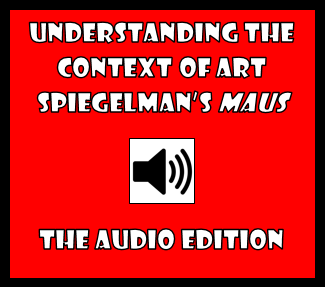One of the more disturbing poems in Blake's Songs of Innocence and of Experience, "A Poison Tree" taps into the tradition of the mythologized apple just waiting to bring down whomever should happen to pick, receive, accept, or otherwise agree to get their hands on it. The speaker in "A Poison Tree" recognizes that he is prone to anger, but that he can govern such feelings and bring them to a peace when he is dealing with his friends. Not so much, however, when he's dealing with his enemies. As we can see from Adrian's visual brainstorming exercise below, there is so much going on in this poem: Of course, with this kind of visual brainstorming activity, it's not the physical amount of text or number of illustrations that is of significance; rather, it's the quality of insight. The slideshow below, shows us, indeed, the kind of quality we're hoping for. If you haven't had an opportunity to try visible thinking with your students, a poetry unit is a great opportunity to do so. Get students to show you what they are thinking--by any means necessary--and you might be surprised what you find. If you enjoyed this article, you might also enjoy...
0 Comments
Your comment will be posted after it is approved.
Leave a Reply. |
Glen DowneyDr. Glen Downey is an award-winning children's author, educator, and academic from Oakville, Ontario. He works as a children's writer for Rubicon Publishing, a reviewer for PW Comics World, an editor for the Sequart Organization, and serves as the Chair of English and Drama at The York School in Toronto. If you've found this site useful and would like to donate to Comics in Education, we'd really appreciate the support!
Archives
February 2019
|






 RSS Feed
RSS Feed
